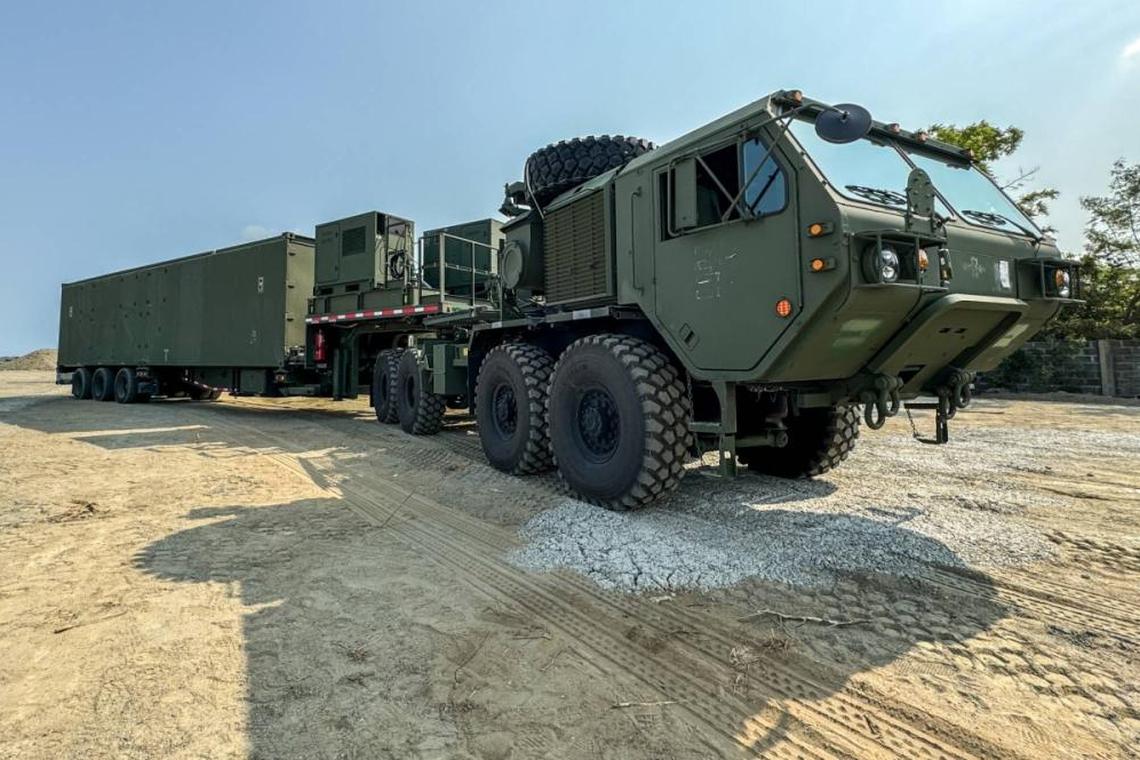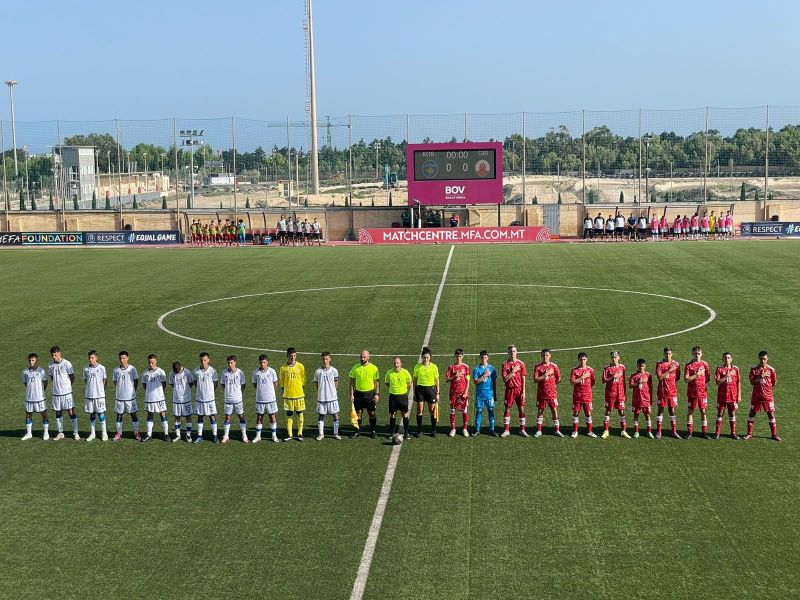Philippines Deploys US Typhon Missiles: Deterrent To China's Growing Influence

Table of Contents
Military Implications of the Typhon Missile Deployment
Enhanced Defensive Capabilities
The deployment of US Typhon missiles significantly bolsters the Philippines' defensive capabilities against potential Chinese aggression. These advanced missiles offer a range of enhancements to the country's existing defense systems.
- Extended Range: The Typhon missiles possess a significantly longer range than previous systems, allowing the Philippines to monitor and potentially deter threats from a greater distance.
- Improved Accuracy: Their advanced guidance systems ensure greater accuracy in targeting, maximizing their effectiveness.
- Enhanced Targeting Capabilities: The missiles can be equipped with various warheads, providing flexibility in responding to different types of threats. This includes the capability to intercept ballistic missiles, a crucial element in modern warfare.
- Strategic Placement: The strategic placement of these missiles, likely in locations such as Palawan Island and Luzon, provides crucial coverage of potentially contested areas in the South China Sea.
Strengthened US-Philippines Alliance
The deployment underscores the deepening military alliance between the US and the Philippines. This move signifies:
- Increased Joint Military Exercises: We can anticipate a rise in joint military exercises between the two countries, enhancing interoperability and coordination.
- Enhanced Intelligence Sharing: The deployment facilitates a greater exchange of sensitive intelligence information, improving the Philippines' situational awareness.
- Deeper Military Cooperation: This deployment marks a new level of military cooperation, demonstrating a clear commitment from the US to the Philippines' security.
- Increased US Military Presence: The deployment potentially signals an increase in US military personnel and assets within the Philippines, further solidifying the strategic partnership.
Geopolitical Ramifications and Regional Stability
Deterrent Effect on China
The primary geopolitical aim of the Typhon missile deployment is to deter further Chinese encroachment in the South China Sea. This action:
- Reduced Risk of Chinese Military Adventurism: The presence of these advanced missiles creates a significant deterrent, potentially reducing the risk of further assertive actions by China.
- Potential for De-escalation of Tensions: By showcasing a credible defensive posture, the deployment might contribute to a de-escalation of tensions in the region.
However, China's response is likely to be multifaceted, ranging from diplomatic protests to potential military exercises in the region.
Increased Regional Tensions?
While the deployment aims to deter aggression, it also carries the risk of escalating regional tensions. Counterarguments exist:
- Potential for Miscalculation and Escalation: The deployment could be misinterpreted by China, leading to miscalculations and unintended escalation.
- Increased Risk of Arms Race: The deployment may trigger a regional arms race, as other countries feel compelled to strengthen their own military capabilities.
- Diplomatic Implications: The deployment significantly impacts diplomatic relations with China and could strain relations with other regional actors.
Economic and Social Impacts in the Philippines
Economic Boost
The deployment of US Typhon missiles could bring about several economic benefits for the Philippines:
- Increased Foreign Investment: The enhanced security provided by the missiles may attract increased foreign investment in various sectors.
- Job Creation: The deployment will create jobs in the defense industry and related sectors such as construction and logistics.
- Infrastructure Development: Associated infrastructure projects, such as upgrading military bases and communication networks, will stimulate economic activity.
- Technology Transfer: The deployment may facilitate technology transfer from the US to the Philippines, enhancing local technological capabilities.
Social Implications
The deployment also carries social implications:
- Public Perception: Public opinion on the increased military presence will need careful monitoring.
- Potential for Social Unrest: Concerns about the potential for conflict could lead to social unrest in certain segments of the population.
- Impact on Tourism: The increased security measures might impact tourism in certain regions.
Conclusion
The Philippines' deployment of US Typhon missiles is a significant development with far-reaching military, geopolitical, and socio-economic consequences. The deployment aims to deter Chinese assertiveness in the South China Sea, strengthening the US-Philippines alliance and potentially boosting the Philippine economy. However, it also presents risks, including the potential for heightened regional tensions and unintended escalation. What are the long-term implications of the Philippines' strategic decision to deploy US Typhon missiles, and how will this shift the balance of power in the South China Sea? Further discussion and analysis are crucial to understanding the full ramifications of this pivotal move.

Featured Posts
-
 Yeni Formula 1 Sezonu Icin Hazir Olun Geri Sayim Devam Ediyor
May 20, 2025
Yeni Formula 1 Sezonu Icin Hazir Olun Geri Sayim Devam Ediyor
May 20, 2025 -
 Jacob Friis Era Begins Away Win Against Malta A Tough Battle
May 20, 2025
Jacob Friis Era Begins Away Win Against Malta A Tough Battle
May 20, 2025 -
 Blue Origin Rocket Launch Abruptly Halted By Technical Glitch
May 20, 2025
Blue Origin Rocket Launch Abruptly Halted By Technical Glitch
May 20, 2025 -
 Ankuendigung Endgueltige Gestaltung Durch Architektin Vor Ort Bestimmt
May 20, 2025
Ankuendigung Endgueltige Gestaltung Durch Architektin Vor Ort Bestimmt
May 20, 2025 -
 Analiza Tadica Zasto Je Rusenje Daytonskog Sporazuma Stetno Za Sarajevo
May 20, 2025
Analiza Tadica Zasto Je Rusenje Daytonskog Sporazuma Stetno Za Sarajevo
May 20, 2025
